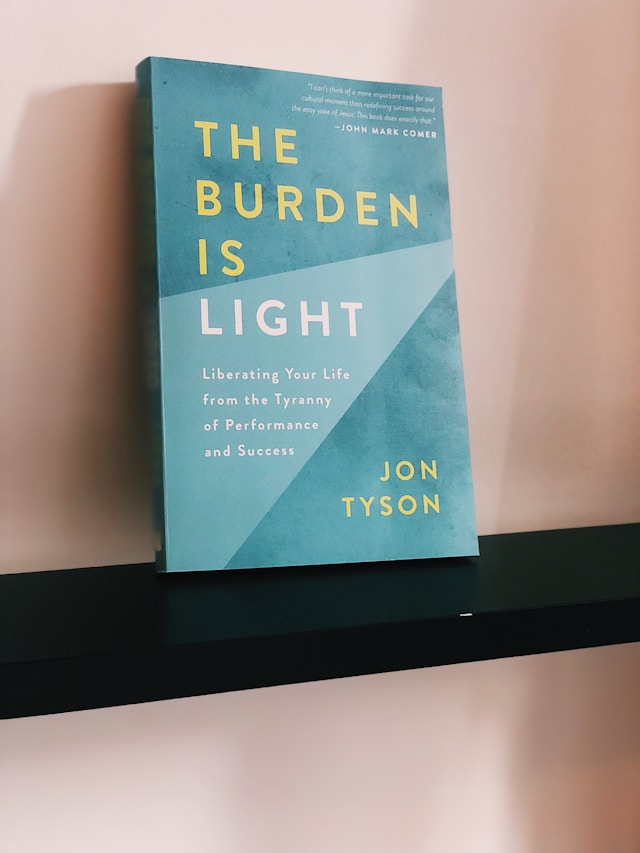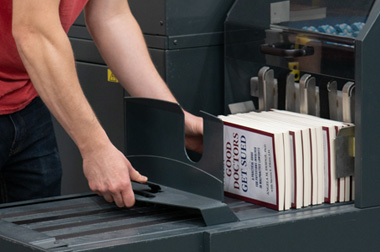Pros and Cons of POD Book Printing vs Short-run Printing
When considering options for printing a book, both short-run printing and print-on-demand (POD) have their own advantages
and drawbacks. Each option suits different types of projects and business models, so understanding the pros and cons of each
can help you decide which is best for your book.
- No startup cost usually
- Print one book at a time
- Free ISBN and barcode
- Includes sale platform
- Lower quality printing
- No quality checks
- Low profit royalties
- Lack of ownership
- Higher quality books
- More custom options
- You keep 100% of profits
- You are the publisher
- You must handle sales
- 25 book minimum
When is Short-Run Printing Best?
Choose short-run printing if you have a clear idea of your sales volume, want lower per-unit costs for larger quantities,
and have the ability to manage inventory or distribute books yourself. It's ideal for authors who want to create a high-quality
physical product, plan to sell at events, and have the budget to handle the upfront costs. You'll also have more customization
options and higher quality control during printing for authors who want something special to help their book stand out
from the competition.
When is Print on Demand Best?
Choose Print-on-Demand if you prefer a low-risk, no-upfront-cost option with a built-in distribution platform. POD is better
suited for authors with smaller initial audiences, those testing the market, or those who don’t want to handle inventory management.
It’s also a great option for digital-first authors looking for a flexible and scalable solution.
Marketing Your Print On Demand
or Short-Run Book
Marketing a self-published book requires a blend of traditional marketing principles and online strategies. The first step is
identifying your target audience. Who are the readers most likely to enjoy your book? By understanding your audience, you can
select spaces and channels where you will reach more engaged readers. Social media, for example, has become
one of the easiest and quickest ways to reach potential readers.
Consider platforms like Instagram, Twitter, and Facebook to share insights, teasers, and behind-the-scenes content that showcases
your book's personality. Engage with relevant communities, such as book clubs or genre-specific groups, to create word-of-mouth buzz.
Once you've found your audience, you'll want to start creating content to
establish your brand as an author. A blog or website can serve as a hub for sharing articles, interviews, and updates about
your book and your writing journey. This not only helps with SEO (Search Engine Optimization) but also gives readers more reasons
to connect with you beyond just purchasing your book. Offer free content, such as short stories, excerpts, or downloadable resources,
to entice potential readers.
Additionally, writing guest posts for other blogs or collaborating with influencers and bloggers in your genre can help extend
your reach. Collect reviews from early readers or bloggers to build excitement and
encourage others to take a chance on your book.
Finally, consider paid advertising and promotions to amplify your book's visibility. Platforms like Facebook Ads or Google Ads
can target specific demographics and interests, increasing the chances of attracting the right readers. Participating in promotional
events such as virtual book tours, giveaways, or author interviews on podcasts can also provide valuable exposure.
Don’t overlook the power of traditional marketing, such as reaching out to local bookstores, libraries, or book fairs to arrange
readings or signings.
Marketing your self-published book requires persistence, creativity, and a willingness to experiment, but with consistent effort,
you can successfully build an audience and achieve your goals.
Marketing Strategies for Independent Authors
















